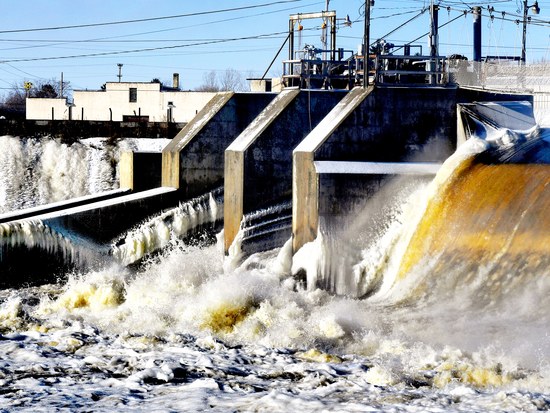The Behavioral Scientist:
Cris Tagupa/Unsplash
““Why are you architects not interested in people?” Ingrid Gehl asked her new husband, Jan. “What do you think about the fact that your architecture professors take their photos at four o’clock in the morning … without the distraction of people in the photos?”
In the early 1960s, and in many cases still today, these were forbidden questions, particularly among those we think of as designers—architects, city planners, and engineers. Then and now, designers consider human needs for health, survival, safety, and comfort through building codes and best practices. Psychological needs are only an afterthought—at best.
Ingrid, however, was no conventional designer—she was a psychologist. And by entertaining such questions, Ingrid and her husband took the first steps on a journey to create city spaces for the full range of human needs. The Danish couple’s ideas have since made life better in cities like New York, Moscow, Buenos Aires, Sydney, and London. Of course, many parts of many cities still seem optimized for buildings and cars. But the story of Ingrid and Jan is a model for what partnerships between behavioral scientists and designers can look like today.”
In the 1960s and 1970s, William Whyte was studying human behavior in New York City and applying similar thinking in the United States.





















